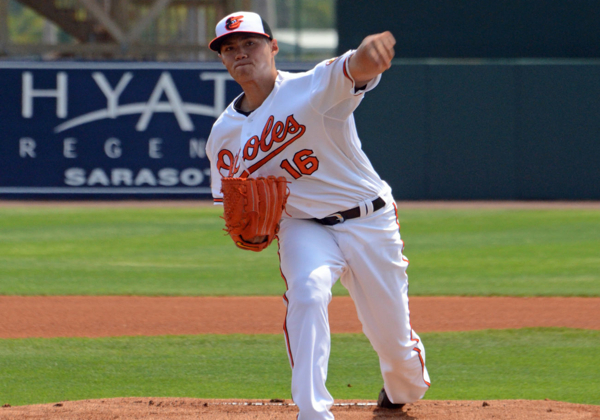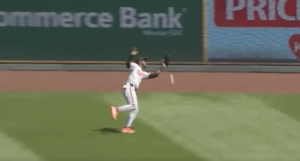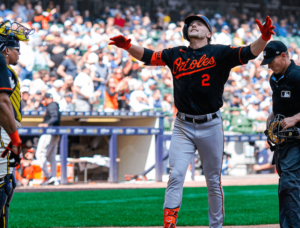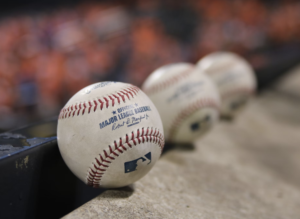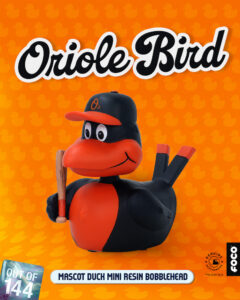The Orioles pitching staff has been a hot button topic this season for various reasons. Some days the discussion centers on the inability of the starters to work deep into games with regularity, with the sixth inning often being a challenge. Other times the bullpen failing to protect a lead dominates talk.
Based on what we saw throughout the season’s first half, the front office recognized there was a need to bolster both the starting rotation and bullpen. Pedro Strop and Jake Arrieta were sent to the Cubs for Scott Feldman. Bud Norris was acquired from the Astros. Then there are names like Kevin Gausman, Zach Britton, and Freddy Garcia who each made starts at various points in an effort to round out the rotation.
Francisco Rodriguez came over from the Brewers to help solidify a bullpen that has also been home to Josh Stinson, Jairo Asencio, and even Gausman at times.
After all the dust has settled the Orioles are 10th in the American League with a 4.26 team ERA. Their 1,102 hits allowed are eighth and 158 home runs surrendered leads the league. Opponents are batting .261 (10th) versus Oriole arms, who have allowed base runners to the tune of a 1.32 WHIP (ninth) and recorded the AL’s third fewest strikeouts (844).
Whichever numbers you choose to look at regarding Oriole pitchers this season, you will probably find one that is perhaps not as good as you would ideally like to see.
The folks at Fan Graphs had a great post in their blog yesterday where they asked a few current and former major league players about good stats to evaluate pitchers. Former Royals pitcher Brian Bannister had a different, yet interesting response.
“The most useful stat when you’re out there on the mound is your zone-contact percentage. I think it’s a huge contributor to your long-term success. The better the pitches are, and the more swings-and-misses in the zone, is what differentiates a pitcher with an ERA in the threes and a pitcher with an ERA over 4.00.”
“It’s valuable to be able to throw pitches in the zone, to get swings and misses and a potential strikeout, without feeling you have to pitch around the zone. Pitchers who can’t get swings and misses in the zone tend to rely more on luck, or tend to go through periods where they under-perform the league because of variance in balls in play.”
Based on Fan Graphs’ data here is the top (lowest) zone contact percentages for pitchers with 150+ innings pitched this season (click for full size).
For the most part, there are a lot of names you would expect to see.
Here’s a breakdown of Oriole pitchers in 2013 (click for full size).
Obviously, stats are what you make of them, but Bannister’s answer was different and intriguing. It was more in-depth than the “traditional” indicators like ERA and WHIP, but not quite at the sabermetric end of the scale that fielding independent pitching (FIP) is.
Scrolling down the list, with thoughts of the names listed above on the mound in mind, and the mental picture of the percentages becomes a bit clearer. It’s not a definitive measure, of course, but with television broadcasts utilizing strike zone technology more it’s now easier to see pitches within the zone that are hit and put into play.
Just something to watch for next time you sit down to catch a game.

